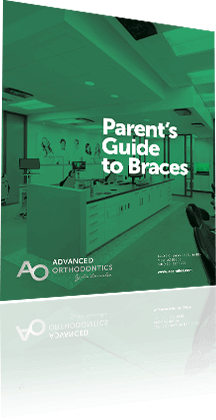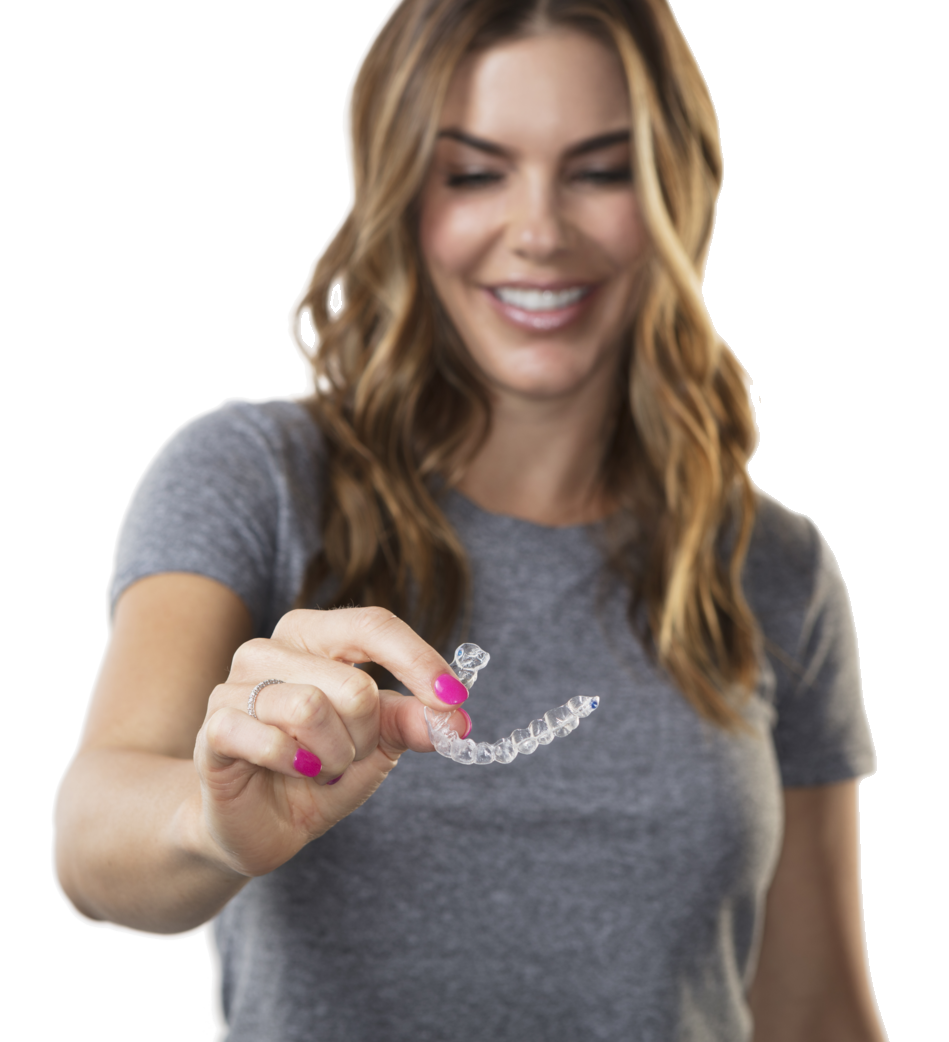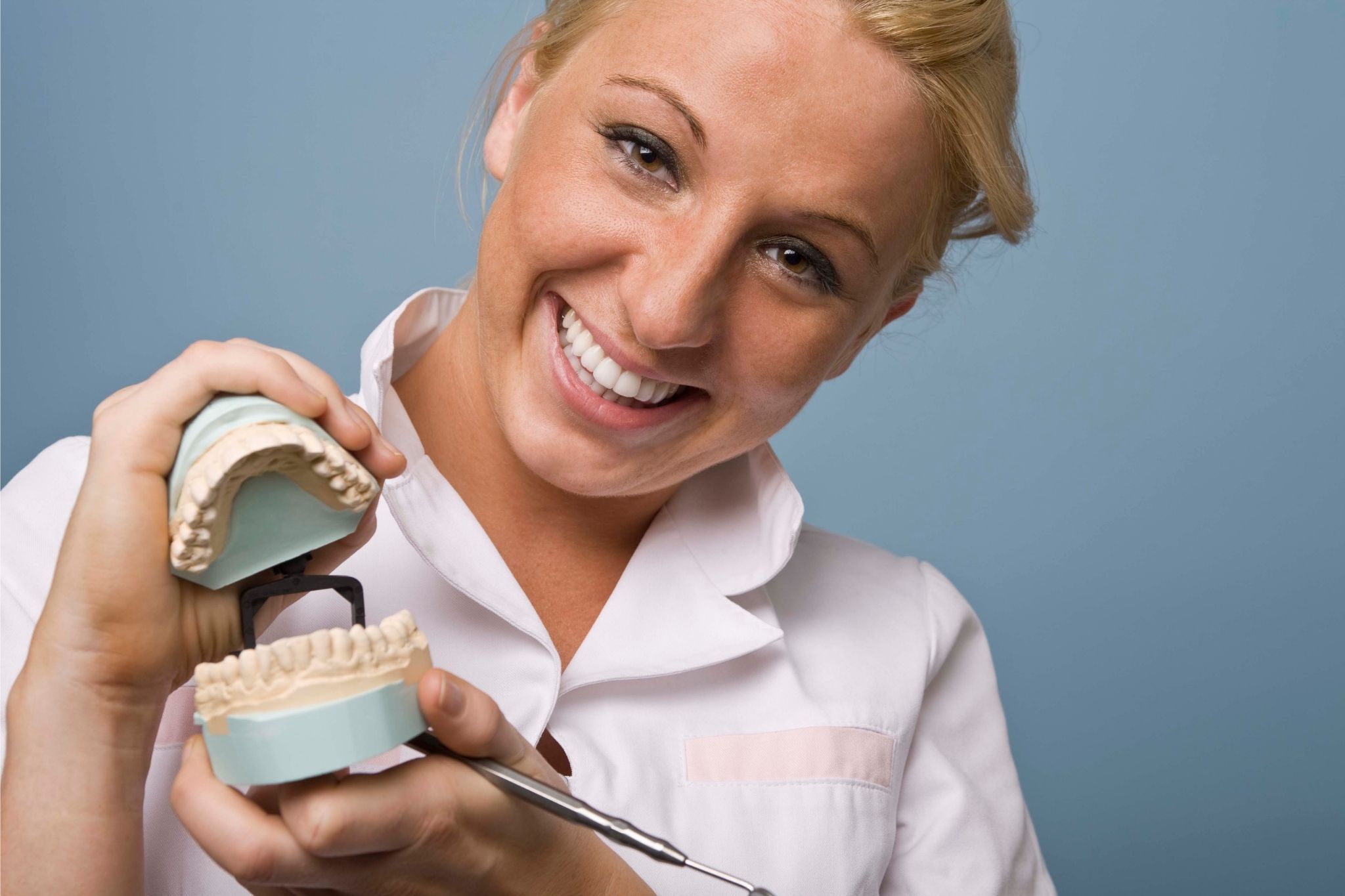The existing stigma around traditional braces remains a concern for teens and adults. In certain cases, lingual braces (inner braces) can prove an effective alternative to traditional braces and correct common dental problems such as crossbites.
In this guide, we will answer the following questions:
- What are lingual braces?
- What are the types of lingual braces?
- Can lingual braces fix a crossbite?
- How long to fix a crossbite with braces, specifically lingual braces
- Are lingual braces more expensive than regular braces?
What Are Lingual Braces?
Lingual braces (often mistyped as sublingual braces) are invisible, inner braces. Unlike clear aligners such as Invisalign or plastic braces, lingual braces are like regular braces but fixed onto the backside of your teeth or the lingual side.
Because of their advantages, inner or lingual braces are a popular choice among adults and teens.
Some of their advantages include the following:
- Invisibility. Inner braces are practically invisible, even more so than clear aligners.
- Aesthetic. Thanks to their invisibility, patients who prioritize aesthetics do not have to worry about the challenges of wearing regular braces or clear aligners.
- Custom-made. Through computer-aided and computer-aided manufacturing (CAD/CAM) software, orthodontists customize inner braces to alleviate speech and chewing problems that patients would otherwise experience with premade brackets.
- Minimum lifestyle changes. While wearing any brace leads you to make adjustments like eating soft foods and learning how to clean your braces properly, lingual braces give those who play saxophones or flutes or any similar musical instrument much more ease than traditional braces.
- Bite problems correction. Just like other braces, Lingual braces can effectively correct most bite problems.
Can Lingual Braces Fix A Crossbite?
A popular question among those who have bite problems is, “can lingual braces fix a crossbite?” And as mentioned, inner braces can correct most bite problems, including a crossbite.
What Are the Types of Lingual Braces?
Similar to other orthodontics appliances, lingual braces systems vary.
Here are some of the most common types and systems of lingual braces:
- Alias – The lingual wire is straight and resists bending stronger.
- Suresmile – Orthodontists can robotically customize the bends or curves of the lingual wire.
- Incognito – Both the wires and brackets are customized based on the patient’s specific requirements.
Are Lingual Braces More Expensive Than Regular Braces?
While lingual braces can be more expensive than regular braces in some cases, there is no fixed pricing for inner braces as there are a lot of factors to consider.
The cost of inner braces can vary depending on the following:
- Orthodontists. Depending on expertise and experience, some orthodontists may charge higher or lower.
- Where you get your treatment. Some places are known for more affordable dental procedures. Patients travel from city to city or even fly to a different country because of this.
- Your insurance coverage. If you have good insurance coverage, that could mean cutting a significant amount off the cost.
- Varying options. Opting for custom-made lingual braces for specific needs may mean paying more.
- The length of your treatment. A minor case would consequently cost less than those needing more prolonged treatment.
One challenge of lingual braces is finding a specialist. Orthodontists who can apply traditional braces are not necessarily able to apply lingual or inner braces, as they require a different technique and training.
How Long To Fix Crossbite With Braces?
Since crossbite is a typical bite problem, many wonder how long it will take to be treated. And as mentioned, it would depend on the severity of your case.
It would be best if you took the time to speak to an orthodontist to discuss your case.
Some orthodontists, however, offer accelerated treatment options to get you started on your journey to a better, healthier smile. This is what we offer at Advanced Orthodontists.
Why Choose Advanced Orthodontics?
Advanced Orthodontics is a premier orthodontic treatment solutions provider. We understand that bite problems such as crossbite can cause discomfort, pain, low self-esteem, and even serious health problems.
On top of an accelerated treatment option that can expedite the treatment process up to 50 percent, here are some of what you can expect when you choose Advanced Orthodontics:
- Accelerated treatment
- Free initial consultation
- Extended office hours (7 am to 6 pm)
- Comfortable office amenities
- Friendly staff
- Ice Cream at each visit
- Rewards program
- Flexible payment options
If you have questions about traditional or lingual braces, Invisalign or want to explore your options, we would be glad to help you. Please text or call our specialists at 480 357 4900.







